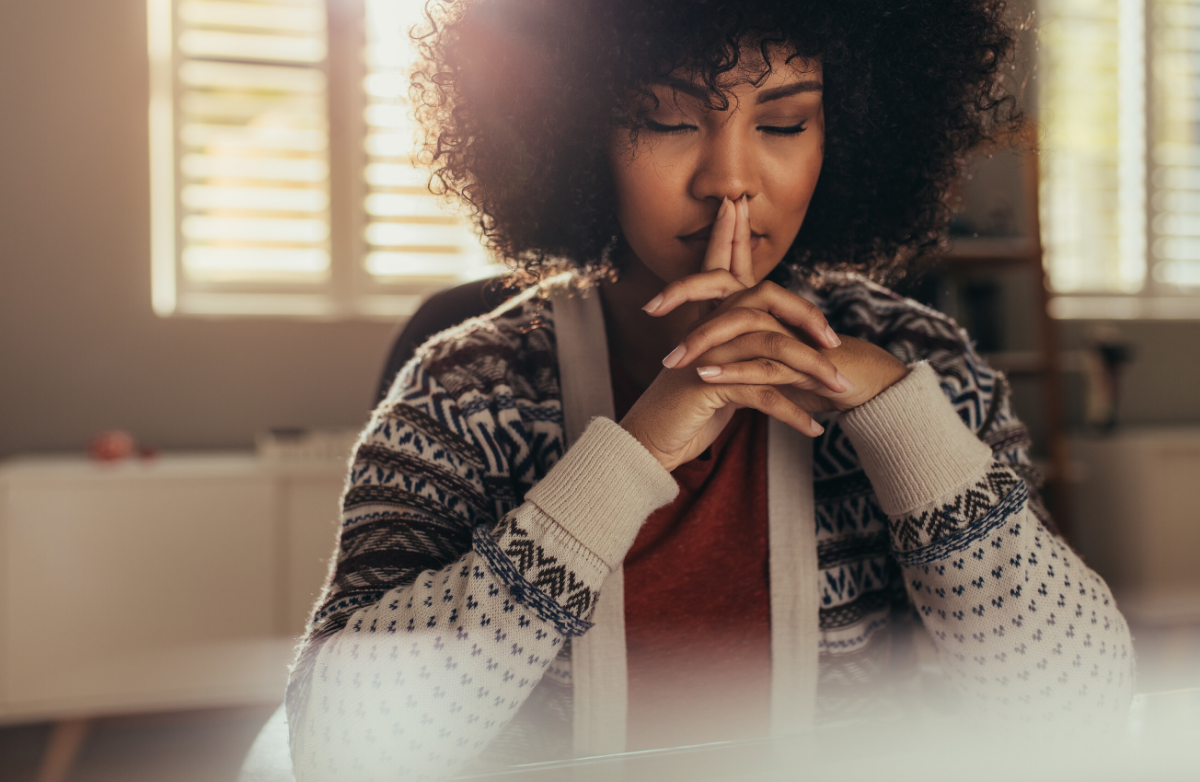There are certain social scenarios that tend to release the proverbial butterflies in our stomachs. Just the idea of standing up to speak in front of a room full of people or walking into a crowded party, for example, is enough to make many squirm—and that’s to be expected.
In 1975, a surprising new study revealed that about 40 percent of Americans consider themselves to be shy. Many of those people are able to overcome their shyness in order to function. After an initial warm-up period, they usually acclimate to the situation and start to feel more comfortable.
But for those who suffer from social anxiety disorder, the problem goes deeper than run-of-the-mill shyness. They may struggle with even the most common everyday activities, like making small talk, maintaining eye contact, entering a room full of people or—in severe cases—simply going to work or school.
Tamar Chansky, author of "Freeing Yourself from Anxiety," describes social anxiety as a default excessive feeling of discomfort, a fear of being judged and scrutinized, and embarrassment in ordinary situations. While it’s normal to feel self-conscious on a job interview or a first date, for instance, people with social anxiety might struggle with routine situations like ordering at a restaurant, talking on the phone, getting up to use the restroom at work or eating around others.
“This discomfort interferes with functioning and leads to avoidance and a limited life,” Chansky explains.
People with social anxiety tend to hear constant criticism and judgment in their heads, she explains—they scrutinize every move they make, replay every word they say and usually conclude that they are “weird,” “wrong” or “a failure.”
Anticipatory anxiety is also a big part of social anxiety. As Chansky notes, even if you’re home alone, anxiety can be triggered as you begin to imagine a social situation and think of how uncomfortable you will be or how badly you might “mess up.”
According to Lisa Bahar, a licensed professional clinical counselor, if you experience intense fear in social situations, skip those situations altogether to avoid anxiety, feel physical signs of anxiety (nausea, sweating, rapid heart rate, rigid body posture) and/or feel very self-conscious, you could be experiencing social anxiety disorder.
How to Handle Social Anxiety
For clients who suffer from social anxiety disorder, Bahar encourages them to be willing to acknowledge and face their fears by doing the opposite of what that fear is telling them to do.
For example, you might try approaching a social situation and participate by taking small, reasonable steps, such as making two minutes of small talk or learning to discern between a closed group and a group that is open to others approaching. "Social anxiety can be managed with practice, and the symptoms can decrease in intensity," says Bahar.
Chansky agrees with the importance of facing social anxiety head-on and giving it the attention it demands. “It’s fine to first fact-check the distortions that your anxiety is telling you about how everyone is going to be looking at you and judging you (when in reality, they are too busy either with their own thoughts or just going about their own business to be judging you), but then go out and prove that worry wrong,” she says. “Ask questions at work, or go to Starbucks and intentionally falter with your order, and realize that nothing bad actually happens.”
Chansky counsels her clients to increasingly "take up time and space” by asking questions or by saying “I don’t know” to a question and discovering that nothing catastrophic occurs.
If you find that you are struggling to manage social anxiety symptoms, you might choose to seek out a therapist for guidance, or attend a support group for people living with similar fears.













